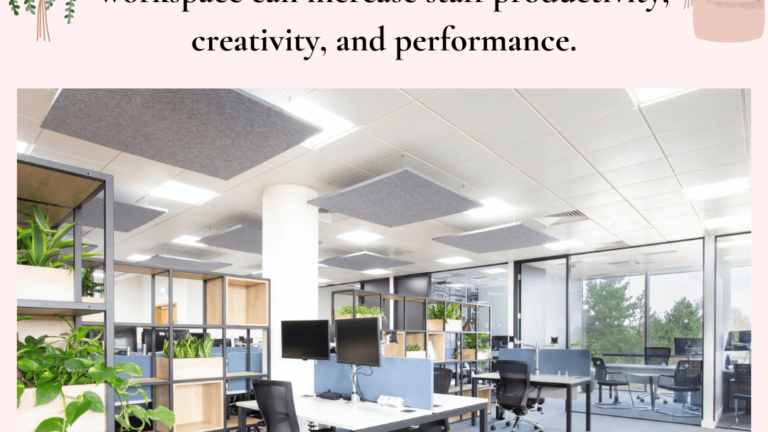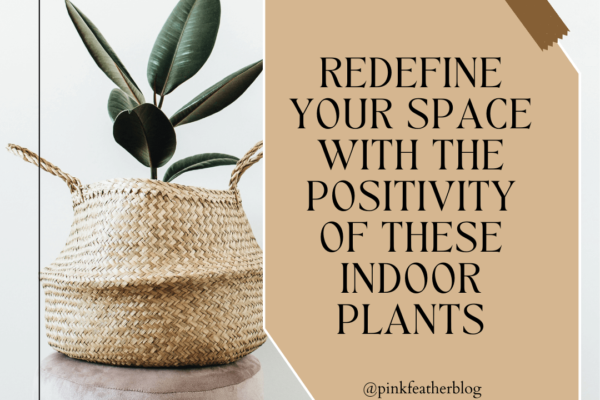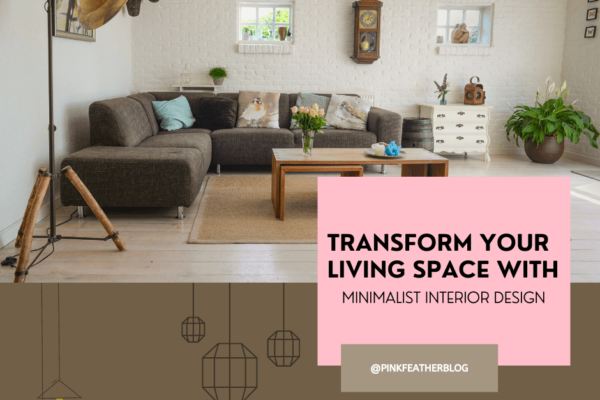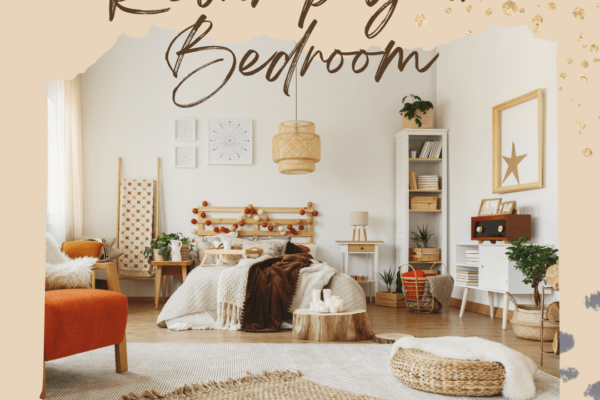Introducing Biophilic Design, a practice to create a connection to nature by building and designing landscapes innovatively. Biophilic design means using natural elements to create modern architecture in a natural environment. Biophilic design triggers a strong and positive impact on human beings. It is set to incorporate sustainable design principles to minimize the environmental impact.
Biophilic design is just more than just aesthetic appearance, it’s a way of improving human life by enhancing mood, and reducing stress, and health issues. The use of natural elements like stone, woods, water, natural light, and plants increases productivity and creativity for all physical and mental well-being.
Biophilic Design can be used in a variety of public buildings and has benefitted with:
- Increasing Productivity at Co-working Space
- Soothing aesthetics in Homes
- Better understanding and learning at Educational Campus
- People are willing to spend on Biophilic elements to enhance their living & corporate space.
The exterior wall of a building can be transformed using a simple design such as the installation of small plants stacked across the wall to give a greenery yet sustainable design. The use of a water fountain across the main entrance adds a serene beauty, which represents peaceful and positive vibes. The word Biophilia is derived from a Latin word that means “Love for Nature”.
In 2014, Terrapin Bright published 14 patterns of Biophilic Design that were further divided into three important categories. These categories form the basic principle of Biophilic design.
- Nature in the space- It refers to incorporating natural elements such as Plants, water, breeze, light, shadow, wood, scents, stones, and several other elements into the space design. Granting access to nature by extending the roof terrace with a garden, planting with greenery, and blooming courtyard adds a natural touch. Such natural elements have the strongest impact on the well-being of humans.
Nature in the Space encompasses seven biophilic design patterns:
- Visual Connection with Nature
- Non-Visual Connection with Nature
- Non-Rhythmic Sensory Stimuli
- Thermal & Airflow Variability
- Presence of Water
- Dynamic & Diffuse Light
- Connection with Natural Systems
- Nature of the space- It refers to the psychological way of planning and designing the orientation of spaces. It is the procedure of incorporating spatial elements such as expansive view, places of sensory refuge, and a mild sense of risk. For example, Savannah landscape, broad vistas of rolling pasture including the source of water such as lakes, ponds, or view of the seaside create a most attractive view. Sometimes finding views also involves risk and mystery such as multilevel views, views from skyscrapers, and a spiral staircase.
Nature of the Space encompasses four biophilic design patterns:
- Prospect
- Refuge
- Mystery
- Risk/Peril
III. Natural Analogues- These represent the presence of natural elements in manmade design like texture, materials, natural geometrics, colors, shape, sequence, and pattern that are found in the naturistic world. For example, artificial plants, wild moss walls, artwork, or patterns representing nature. Furniture is made with organic fabric and walls with artificial bamboo or sea shell embedded. Natural Analogue is an illustration of natural elements in a manmade design.
Natural Analogues encompasses three biophilic design patterns:
- Biomorphic Forms & Patterns
- Material Connection with Nature
- Complexity & Order
There are six important features to consider while planning to implement Biophilic design into your workplace.
The Natural Environment: The Natural environment feature focuses on the natural world that is perfectly implemented into the coworking space setting. Basic things to consider like earthy colors, the flow of sunlight, plants, and the visual art of animals and nature.
Natural Shapes: Natural shapes can be seen in the form of lines, shapes, and forms that are naturally present in nature. For example, rock shelves and water paths.
Natural Patterns: The natural pattern resembles similar to natural shapes however natural patterns deal with patterns and processes that occur naturally. For example, erosion of rock over time and the growth of plants.
Plants: Biophilic design is incomplete without incorporating natural elements like Plants. The idea is to focus on bedding real plants, using imagery of plants or creating plant colors to create a strong relationship between the office and natural elements.
Natural Light: Biophilic Design focuses on natural light reflecting inside and outside the building. Maximize natural light through an open floor plan, abundant windows, skylights, and light wells Light helps merge both inside and outside elements of warmth and different shapes.
Human-Nature Relationship: The sixth element involves creating a human-nature relationship. It binds elements all together to focus on specific themes like order, safety, complexity, curiosity, mastery, control, affection, exploration, and discovery.
Several study research on Biophilic Design reveals that the importance of Biophilic design has benefited on an Individual level and the other side on a large scale. Therefore, it’s extremely important to connect with nature as the only way we make difference in climatic change. A small change makes a huge difference to improve our quality of life.
Since Biophilic design replicates nature, spending time in a room inspired by natural elements helps to benefit individuals as it creates a healthier environment. Surrounded by plants, listening to the humming of birds, and fresh air coming in make a person feel happier at work. In the workplace, it has benefitted individuals by reducing stress levels, Increased productivity, Boosting creativity levels, reduction in sick days, and absenteeism. Adopting a Biophilic design makes the workplace more attractive due to reducing pollution and having cleaner fresh air.




